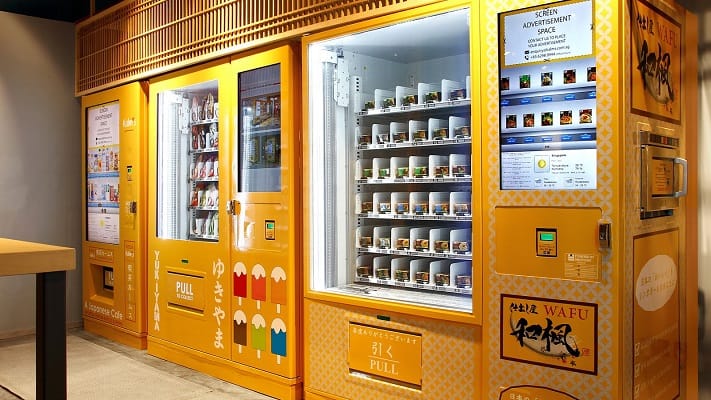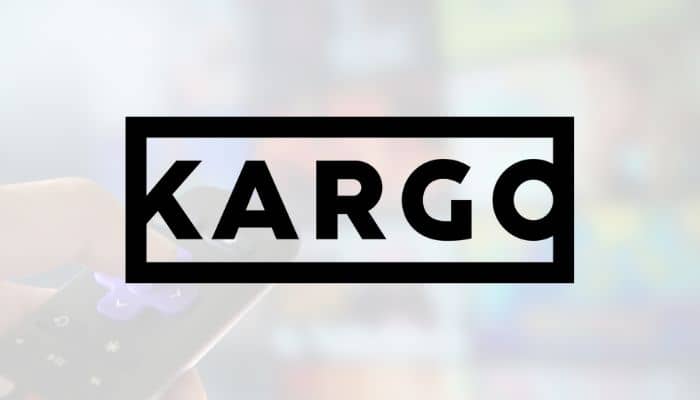Tokyo, Japan – After numerous suspensions, the Tokyo Olympic 2020 games finally pushed through this year, but despite successfully making its run, the lockdowns and social restrictions that had been in place since the pandemic affected how the organization and its brands and media partners spent their ad budget and the platforms they chose to invest in. According to data by IPG’s media investment and intelligence arm MAGNA, the muted vibrancy of the Olympics had a direct effect on the growth of several ad markets.
The report showed that the net impact of the Olympics on television advertising revenues was relatively minimal overall, as some brands opted not to run creatives tied to the Olympics before and during the event, due to the mixed feelings of the public towards the Games. Still, revenues for the major television networks were up by double-digits in the second quarter of 2021 compared to the second quarter of 2020 but were flat or down compared to 2019.
In addition, the Olympics also had a relatively mild impact on OOH advertising, as the games were held during a state of emergency during which people were discouraged from going outside or using public transportation. Additionally, people were barred from entering the areas near the Olympic stadiums.
OOH revenues, both static and digital, were ultimately up just +3% for the full year, reaching US$3.8b (¥400b). Transit mobility was slow to recover in 2021 and was still down -19% in November 2021 compared to the January 2020 baseline, contributing to reduced exposure to advertising.
Television fared slightly better, with revenues rising +7% to reach US$14.7b (¥1.6t), around 95% of the pre-COVID total. Radio, cinema, and print continued to lag through 2021. Radio revenues eroded by another -2%, cinema by -4%, and print by -3%. 2022 is expected to bring a recovery for these linear ad formats, in addition to continued growth for television (+4%) and OOH (+5%). Over the long term, however, the report anticipates that linear advertising formats will continue to lose share to digital, with total linear revenues eroding by -3% to -5% per year and falling to US$20.8b (¥2.2t) by 2026, a 34% market share.
Generally, digital ad sales in Japan will continue to drive market growth, with total digital net advertising revenues anticipated to rise +15% to reach US$30.5b (¥3.3t), with a 56% market share. Linear net ad revenues will also see some growth, +4%, though will remain well below 2019 levels: US$24.4b (¥2.6t) compared to $26.9b (¥2.9t) in 2019.
Japan remains the third largest ad market in the world and the second largest in APAC, behind China, with US$50b (¥5.3t) net ad revenues in 2021 and US$55b (¥5.6t) expected by the end of 2022. Meanwhile, the APAC region’s advertising economy grew by +16.5% in 2021, following the recession of 2020 (-0.8%). In 2022, the Asia-Pacific ad market will expand by +11.2%, close to the global average of +12% and in line with the pre COVID long-term regional growth.


















